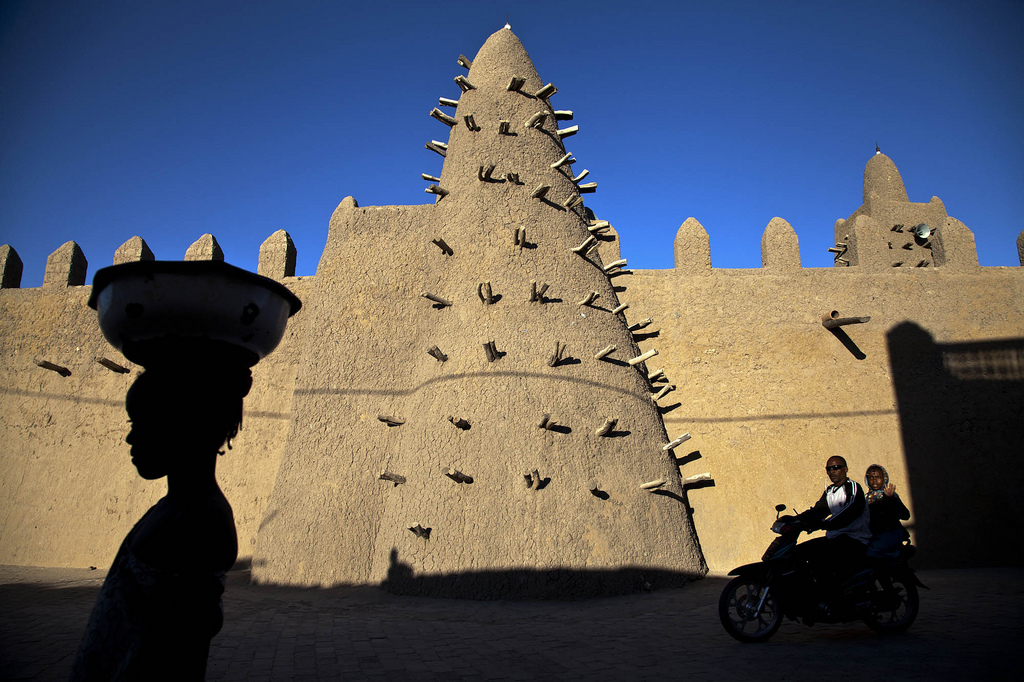The Lost Treasures of Timbuktu: Unearthing Africa’s Literary Heritage
In the heart of the Sahara, the legendary city of Timbuktu stands as a testament to Africa’s rich literary heritage and intellectual legacy. Known primarily as a crossroads for ancient trade routes, Timbuktu also emerged as a major center for Islamic scholarship and cultural exchange, where merchants, scholars, and traders from across the region came to share knowledge and goods. At the heart of this intellectual flourishing lies a remarkable collection of manuscripts that bear witness to the city’s vibrant history.
The Historical Significance of Timbuktu
Located in present-day Mali, Timbuktu gained prominence during the height of the Mali Empire in the 14th century. As one of the empire’s major cities, it attracted scholars, traders, and travelers from across Africa and the Islamic world. By the mid-15th century, Timbuktu had become a beacon of learning and civilization, with its libraries holding vast collections of manuscripts that spanned a wide range of subjects.
The Manuscripts of Timbuktu: A Window into the Past
The manuscripts of Timbuktu are invaluable historical documents, offering insights into the intellectual and cultural landscape of medieval West Africa. These manuscripts, many of which date back to the 13th century, were written in Arabic script and sometimes in local African languages, showcasing the multicultural influences that shaped the city.
The manuscripts cover a wide array of topics, including religion, science, mathematics, astronomy, medicine, law, and literature. This diversity reflects Timbuktu’s role as a hub of knowledge exchange, where scholars from different backgrounds came together to share their insights and expertise.
The Artistry and Craftsmanship of Timbuktu’s Manuscripts
Beyond their scholarly content, the manuscripts of Timbuktu are also notable for their artistic beauty. Many of the manuscripts are exquisitely crafted, featuring intricate calligraphy, decorative borders, and ornate bindings. The level of craftsmanship demonstrates the high regard in which these manuscripts were held and the value placed on knowledge and learning in Timbuktu’s society.
Exploring the Topics within the Manuscripts
The manuscripts offer a wealth of information on a variety of subjects, providing a glimpse into the intellectual pursuits of the time. Religious texts, including copies of the Quran and Islamic commentaries, form a significant portion of the collection, reflecting the city’s deep-rooted Islamic heritage.
However, the manuscripts also encompass a broader range of topics, illustrating the diverse interests of Timbuktu’s scholars. Scientific manuscripts delve into mathematics, astronomy, and medicine, revealing the advanced knowledge and innovative thinking of the era. Legal manuscripts discuss issues such as taxation, commerce, and social relationships, providing a window into the daily lives and values of the people of Timbuktu.
Correspondence and Social Insights
One of the most fascinating aspects of the manuscripts is the collection of correspondence between rulers, advisers, and merchants. These letters cover a wide range of topics, including taxation, trade, marriage, divorce, adoption, breastfeeding, and prostitution. This correspondence provides a unique perspective on the ordinary life and values of the time, illustrating the complex social dynamics that shaped the city.
Through these manuscripts, we gain insights into the governance and administration of Timbuktu, as well as the relationships between its rulers and subjects. The correspondence also sheds light on the broader networks of trade and communication that connected Timbuktu to other regions, highlighting the city’s role as a crucial node in the trans-Saharan trade routes.
The Rediscovery and Preservation of Timbuktu’s Manuscripts
The manuscripts of Timbuktu were at risk of being lost to history due to various factors, including political instability, environmental challenges, and the passage of time. However, efforts to rediscover and preserve these hidden treasures have helped ensure their survival for future generations.
In the early 2000s, the manuscripts gained international attention as scholars and historians recognized their significance. Various initiatives were launched to protect and digitize the manuscripts, making them accessible to researchers and scholars worldwide. This preservation effort has been critical in safeguarding Timbuktu’s literary heritage and ensuring that the city’s intellectual legacy continues to inspire future generations.
Timbuktu’s Enduring Legacy
Today, Timbuktu remains a symbol of Africa’s rich literary culture and intellectual achievements. The manuscripts offer a tangible connection to the city’s illustrious past, providing a deeper understanding of the history, knowledge, and creativity that once flourished within its walls.
As we continue to explore and study these manuscripts, we gain a greater appreciation for the diversity and complexity of Timbuktu’s cultural landscape. The hidden treasures of Timbuktu serve as a reminder that Africa’s literary heritage is as rich and vibrant as any in the world, inviting us to rediscover and celebrate the remarkable stories that have been preserved within these ancient pages.
Other Posts: The Mystery of Lovelock Cave’s Red-Haired Giants RajExplorer

